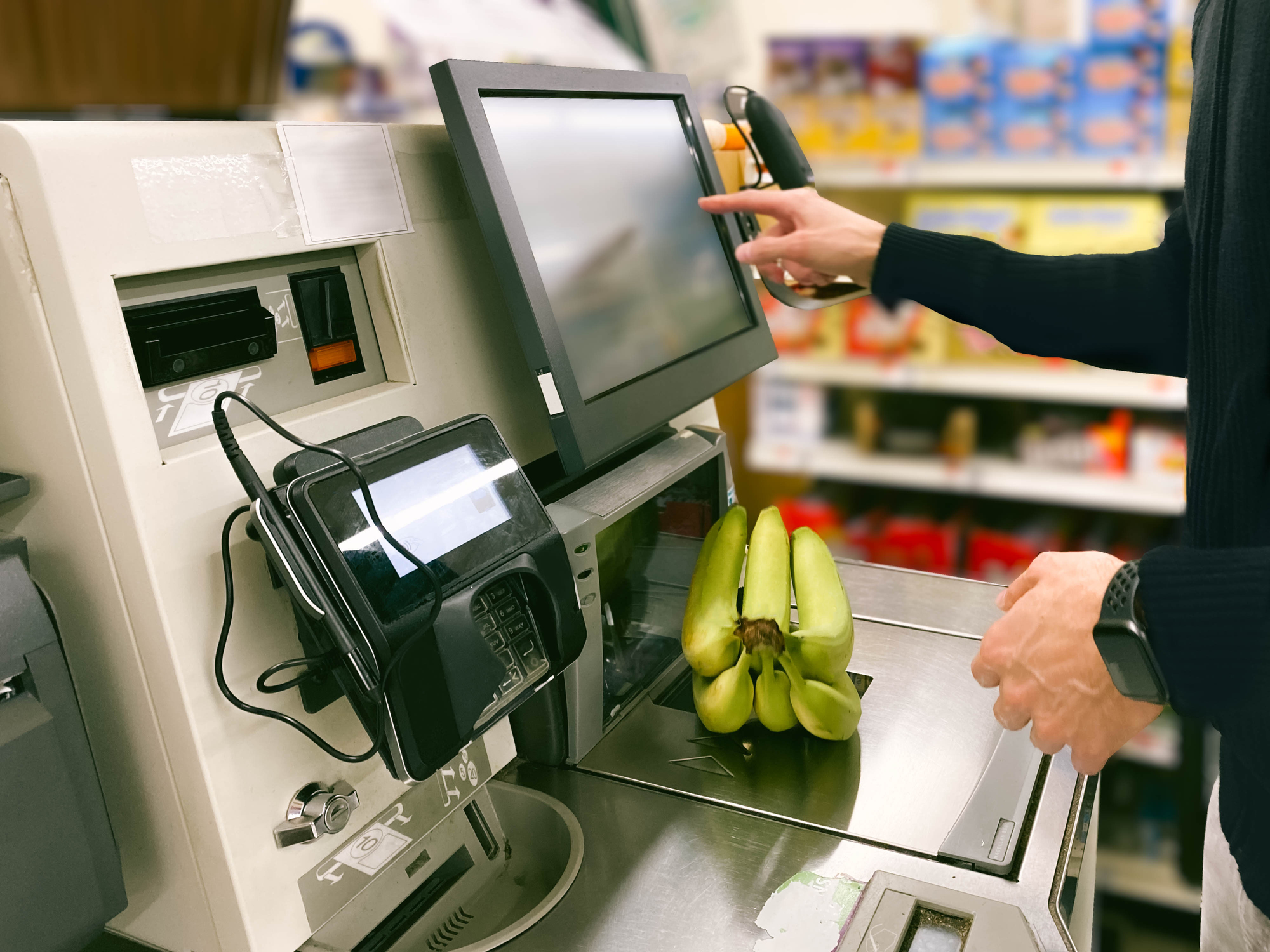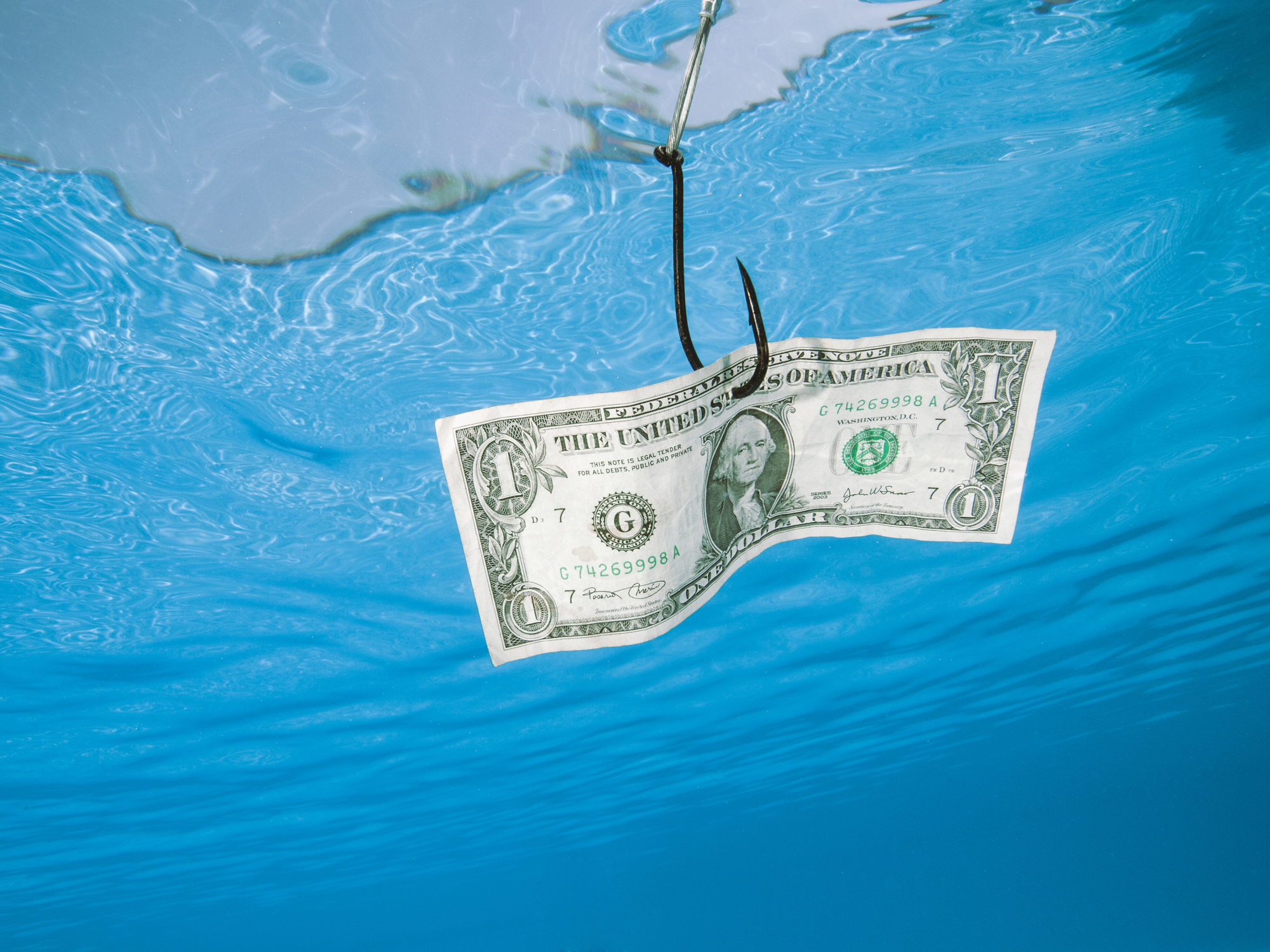How Retail Stores Prevent Self-Checkout Theft
Consumer confidence unexpectedly dipped in January. A tight labor market and worries about inflation have made Americans a little wary of the direction the economy is headed.
The bottom line for retailers is that most of us are a little less eager to shop for non-essential items. It also means retail theft, which has increased in recent years, is unlikely to slow down any time soon. This rise in retail theft coincides with the ubiquitous use of self-checkout lanes in big box retail stores like Walmart and Target. Self-checkout lanes are a primary way that consumers shoplift.
Shoplifters May See Self-Checkout Lanes as an Opportunity
There are a variety of reasons why consumers see self-checkout lanes as an easy mark. Some feel morally justified in stealing small items. “If I’m doing the work, and they won’t even bother to pay cashiers, why not?” is a common rationale. Other consumers may feel emboldened by the lack of security and oversight.
Regardless of the underlying rationale, theft is estimated to be a nearly $100 billion problem for retailers. It is no surprise, therefore, that retailers are looking at ways of tracking theft in self-checkout lanes. There are a couple of common methods consumers use to steal in self-checkout lanes:
- The “switcheroo” is perhaps the most common method. This is the name for when consumers switch the barcode on one item for a lesser-priced item. The shoplifter pays for a pack of crayons and walks out with a new television.
- The “honest mistake” is another common method. Shoppers hide smaller items inside larger ones, or somehow obscure the item in their cart. Then they walk away without scanning it at all. If questioned, the shopper just says, “Oh, sorry, didn’t see it there.”
- The “machine did it” involves covering up the item’s barcode with your hand or passing the item over the scanner upside down. If the hair-trigger weight in the bagging area dings, there’s still a chance an employee will override the sensor without doing a deep dive into the contents of the shoplifter’s bag.
No, This Isn’t a How-To Blog
Did I just help ethically challenged consumers shoplift? Not really, these methods are all well-known by retailers, and stores have a variety of methods to spot them. There are, of course, monitored cameras everywhere. And the employee in the self-checkout area is there specifically to spot and discourage these types of thefts.
There are also novel technologies that may help retailers prevent self-checkout theft. For example, Lowe’s recently successfully tested a new way of preventing theft without locking up items. This process uses radio frequency identity (RFID) technology to lock up products that have been stolen. It can also be used to track and identify stolen goods. Other retailers have switched to anti-theft carts that can lock up if someone leaves the store with stolen goods.
Legal Penalties for Self-Checkout Shoplifting
Legally, it doesn’t matter how you shoplift. Trying to sneak out a high-priced item in your jacket pocket is the same as switching the barcode, at least from a legal perspective.
Penalties for shoplifting vary by state, the value and type of the item stolen, whether you have a previous criminal record, and other factors. Organized retail crime (ORC), which occurs when multiple people are involved in stealing an item or items, also increases the penalty.
Importantly, however, shoplifting also generally includes the willful intent to deprive the store of its merchandise. That means if you made an honest mistake, and really did just forget about that small item at the bottom of your shopping cart, you are probably just fine provided that you pay for the item once it is called to your attention.
However, it becomes harder to convince the store (and a jury) that you didn’t intend to steal if this is the sixth time you were stopped for not paying for an item, or you switched the barcode. In other words, shoplift at your own risk. It may become harder to get away with soon.
Related Resources
You Don’t Have To Solve This on Your Own – Get a Lawyer’s Help
Meeting with a lawyer can help you understand your options and how to best protect your rights. Visit our attorney directory to find a lawyer near you who can help.






